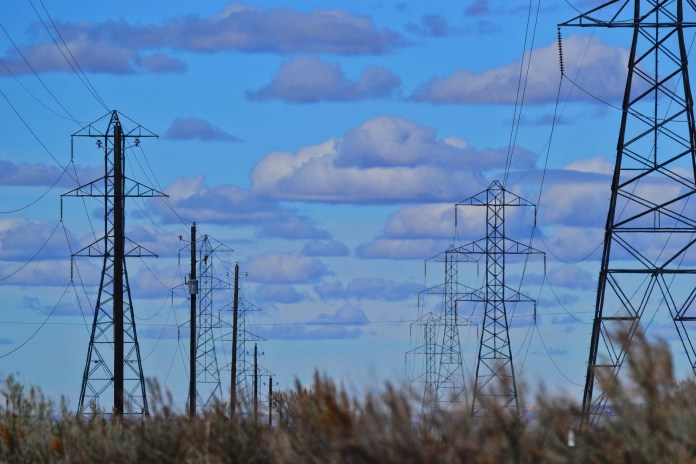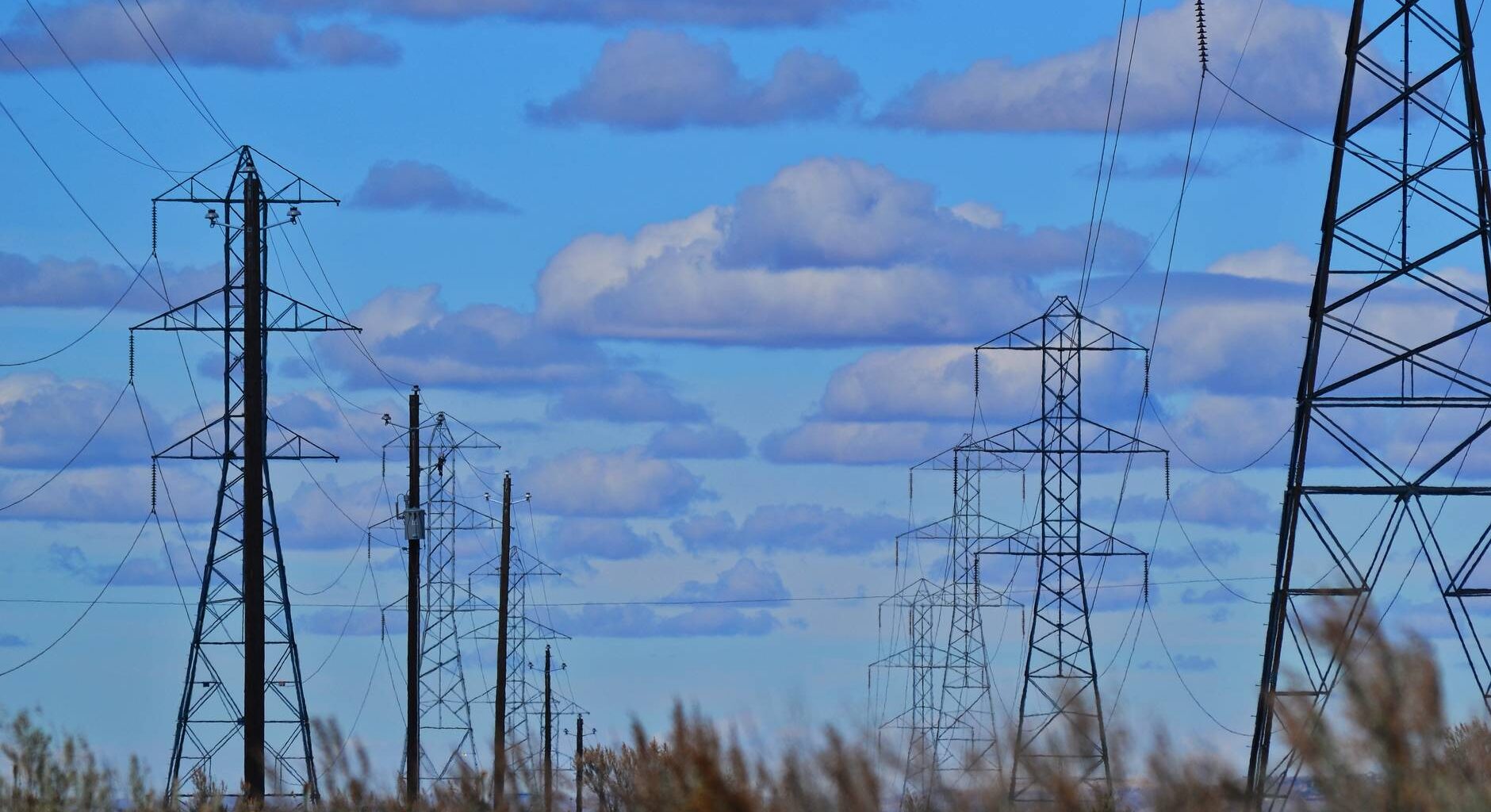 Representational image. Credit: Canva
Representational image. Credit: Canva
The U.S. Energy Information Administration (EIA) tracks and reports electricity generation in the country through different methods, leading to data that may not always match. EIA publishes electricity net generation data from two main perspectives. One is a detailed monthly summary of every power plant connected to the grid in the United States that has at least 1 megawatt (MW) of nameplate capacity. This information is shared in the Electric Power Monthly, Electric Power Annual, and related data files. The second is hourly net generation data reported by local and regional balancing authorities, specifically for the Lower 48 states, which is available in the Hourly Electric Grid Monitor.
These two types of data reports often show different results because they do not reflect the same sets of generating units. As a result, if someone adds up the hourly generation data over a month or a year from the Hourly Electric Grid Monitor, the total will not match the figures reported in the Electric Power Monthly or Electric Power Annual. This is mainly because the Hourly Electric Grid Monitor only includes generating units that are visible or metered by balancing authorities. A balancing authority is responsible for managing the balance of electricity supply and demand in a specific region. These authorities can include large organizations like CAISO in California or the Southwest Power Pool, as well as smaller local entities.
However, balancing authorities usually do not track generation from distributed energy systems such as rooftop solar panels or from certain small-scale units. As a result, those distributed sources often do not appear in the hourly data. On the other hand, the Electric Power Monthly and Electric Power Annual provide a more complete picture of U.S. electricity generation since they include all grid-connected power plants of 1 MW or larger capacity.
To help users understand what is included in each set of data, EIA has published lists of electric generators. The Electric Power Monthly and Annual datasets have long included a list of the generators they track. Recently, EIA also published a new list for the Hourly Electric Grid Monitor, which only includes generators that are metered by balancing authorities based on responses to a new survey launched last year.
While the Electric Power Monthly and Annual give a fuller view of generation inside the United States, the Hourly Electric Grid Monitor can sometimes include generation not covered in the other reports. For instance, CAISO includes in its reports the generation from four power plants located in Mexico because it meters those plants. This electricity appears in the Hourly Electric Grid Monitor, but since those plants are outside the U.S., their generation is not included in the Electric Power Monthly or Annual reports.
Despite these differences, analysts can still reconcile the two sets of data by using the EIA plant codes and generator IDs. These identifiers appear across multiple EIA datasets, including the Annual Electric Generator Report and Power Plant Operations Report, allowing researchers to trace and compare generation details at the individual plant level.
Like this:
Like Loading…
Related

